impairment of short-term memory is also included, running the gamut from antidepressants to muscle relaxants to those for Parkinson’s and cardiovascular disease. Current medications illustrate one more factor a physician must take into consideration when trying to determine if the memory loss is due to a form of dementia or one of the medications the person may be taking.
One chapter deals specifically with mood and behavioral issues of the person with Alzheimer’s and includes aggressiveness, apathy, agitation, and depression, along with several others. The last line in each of the subchapters refers to a discussion in the appendix on medications for that particular challenge.
Santulli states that the purpose of the book is to “prepare clinicians to become skilled counselors for the Alzheimer’s family.” In that regard, much information is indeed presented that will help a clinician support the family in the many areas of caring for their loved one. Given the book’s subtitle, Helping Caregivers Cope, I was surprised that the shortest chapter in the book is titled “Caregiver Stress.” I suppose that one can define the entire family as the caregiver rather than a single person, and caregiving as the family’s handling of the myriad tasks and emotions involved in the journey upon which they embark after diagnosis. As presented in an earlier chapter, to minimize any resentment and anger that may surface in an individual caring for a loved one with Alzheimer’s disease – which one would assume is responsible for a great deal of stress – the author advises “Blame the disease, not the person.”
One particularly helpful section in a chapter on maintaining a connection with the family member who has Alzheimer’s disease is a list of “do’s” and “don’ts” when communicating with them. In fact, it seems each item on the list aims to preserve any remaining cognition they may have of themselves by working with their deficits instead of calling attention to them. As such, these lists may be the most valuable references family members can have regardless of whether a clinician is involved. Although it is certain clinicians will find The Alzheimer’s Family valuable, it can be a beneficial resource for the family as well.
Throughout this book, it is no stretch of the imagination to feel as though you are the person who has been diagnosed with Alzheimer’s and are reading about your own future and that of your immediate family and close friends. Rather than being frightening – which the disease is, no doubt – it is more of a play-by-play book from diagnosis to treatment to the end of life. If you have personal experience with a family member who has Alzheimer’s, or has died from the disease, you may well find yourself grieving for their loss and yours in the last chapter, “The End of the Journey.”
“…it is important to remember that the kindest, fairest way to treat someone with Alzheimer’s disease is usually to do what will cause them the least distress.” If a clinician gleans nothing else from reading The Alzheimer’s Family but this simple prescription for care, they will provide a great service to a family by using it as a preface to each step along the way in caring for the family as a whole.
























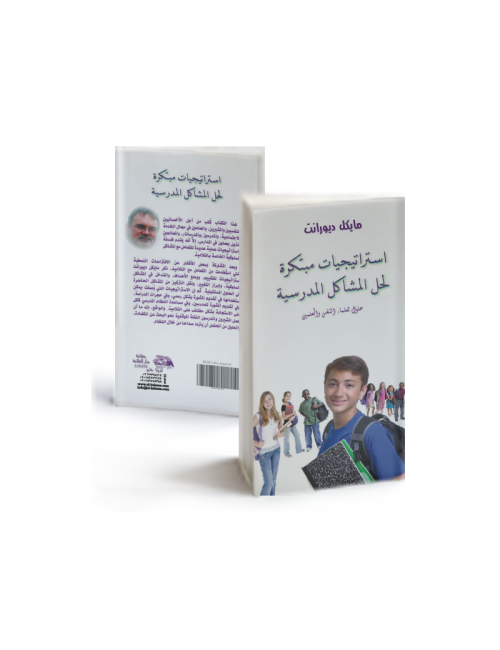
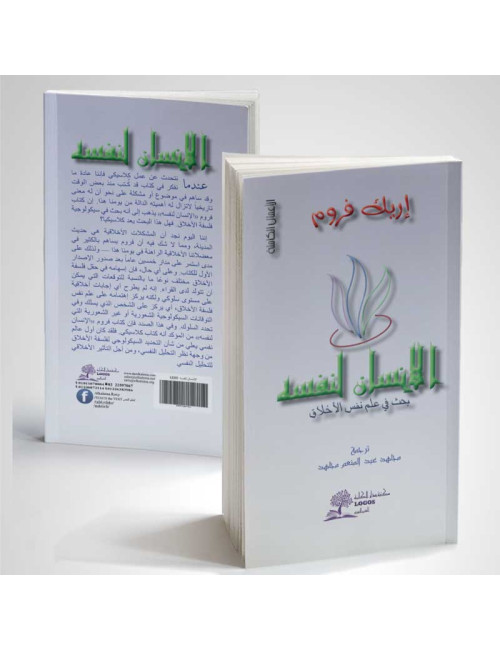
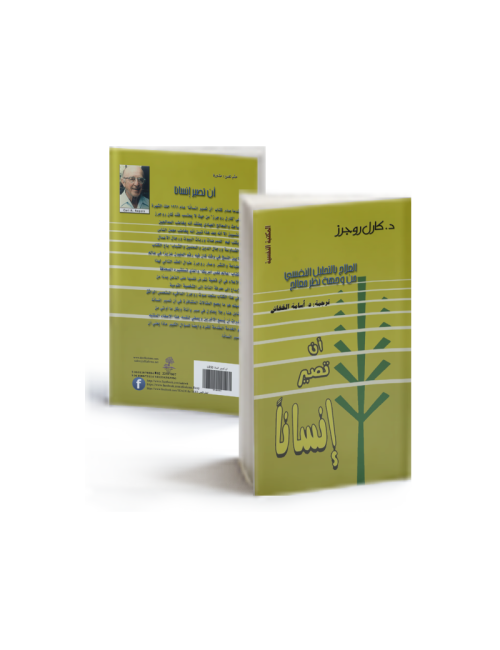
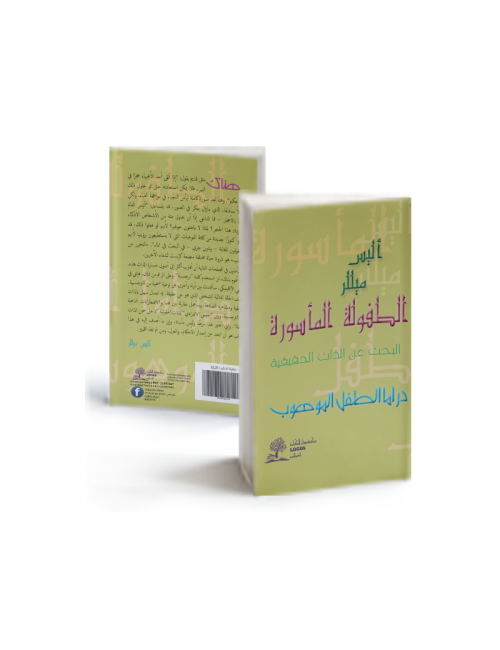
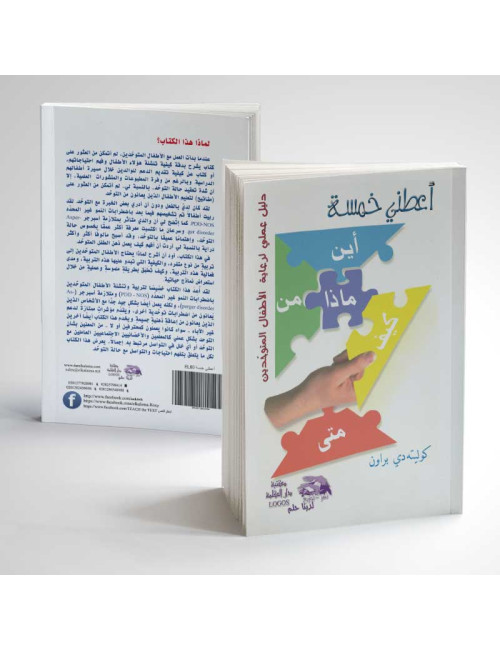
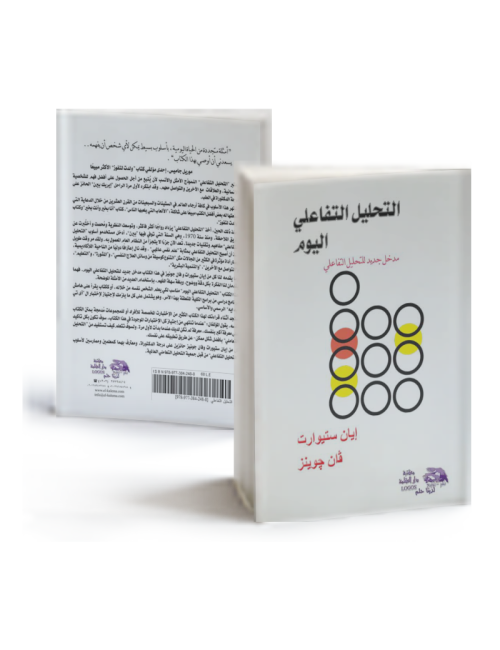
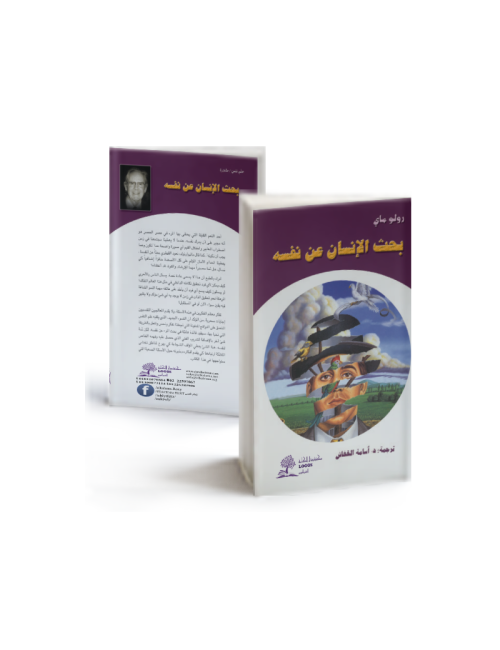
Product Comments